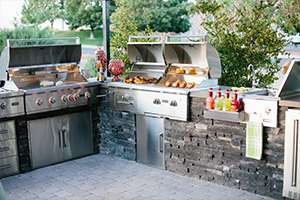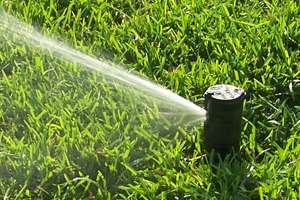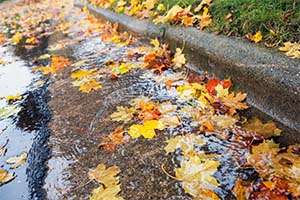
Have you been tossing around the idea of adding an outdoor kitchen to your home? Before you do, it’s essential to have all the information to make an informed decision. So here are some of the pros and cons to consider before you start tearing apart your patio.
Pros of Outdoor Kitchens
- Entertainment Space
The best thing about an outdoor kitchen is that it gives you the space to entertain. Whether it’s a family gathering or a party with friends, an outdoor kitchen gives you the extra space you need and the luxury of entertaining outdoors.
- Extension of Your Home
An outdoor kitchen is more than just an extra place to cook. It’s an extension of your home. It takes you outdoors without sacrificing comfort, technology, or convenience.
- Enhances Your Yard
Instead of simply having a patch of grass and a patio, an outdoor kitchen turns your yard into a living space you can enjoy year-round.
Cons of Outdoor Kitchens
- Takes Up Space
An outdoor kitchen could take up valuable yard space. If your property is small or your priority is lots of grass, it could cut into your space without a well-thought-out design.
- At the Mercy of the Weather
The weather impacts a covered outdoor kitchen much less than one open to the elements. In either case, you should add protective measures to your outdoor kitchen to keep it looking great and functioning properly, no matter what Mother Nature brings.
An outdoor kitchen is a great place to cook, eat, entertain, and hang out with family and friends. All cons aside, it’s a great investment and can add to the value of your home as well as provide some much-needed outdoor space. To get started designing and building your outdoor kitchen, reach out to the experienced team at W.P. Law.











